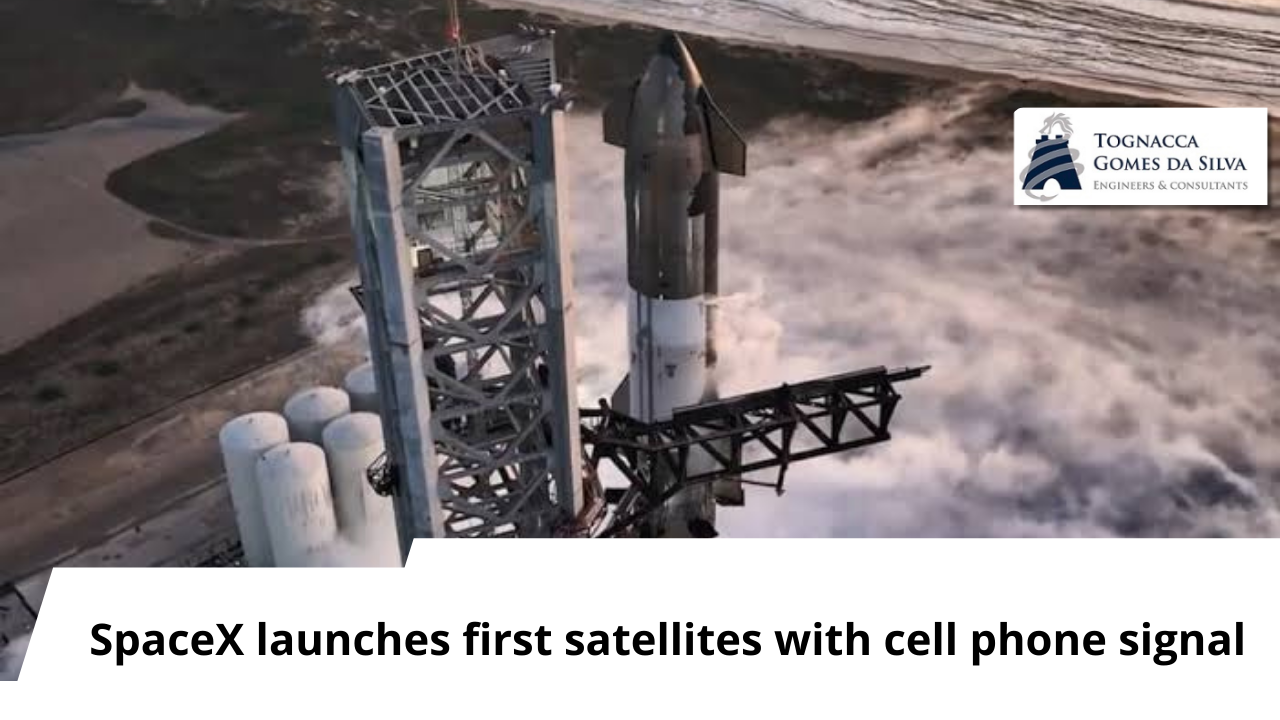Starlink, a company owned by billionaire Elon Musk, launched last Tuesday (2) a Falcon 9 rocket with six satellites with cell phone signal. The launch is part of Starlink’s mobile phone service project, called Direct to Cell, which was officially announced in October 2023. The objective, according to the company, is to bring cell phone signal to remote regions, with unstable or no signal. coverage of conventional towers and antennas.
In addition to cell phone signal equipment, around 15,000 conventional Starlink satellites were sent, which takes internet signals to the most remote locations on the planet. The launch took place at Vandenberg Space Force Base, a platform in the US state of California.
The idea now, with Direct to Cell, is to make it possible to send messages, phone calls and browse the mobile internet without any blind spots or interference. And to use the signal you won’t need any special equipment. If the user is a subscriber to the service, he or she will be able to establish a connection with a regular cell phone.

But, as Musk himself has said, some technical limitations of the service prevent it from being a direct competitor to conventional operators. The idea is for it to be used for emergencies or remote locations, as it has low speed and does not support video calls.
Although testing is expected to begin in the US soon, a launch date has not yet been set. However, companies such as T-Mobile and other operators in Japan, Australia, New Zealand, Switzerland, Chile and Peru have already signed a partnership with Starlink to provide cellular signal.
( source: Digital agro/ Katiuscia Mizokami )



